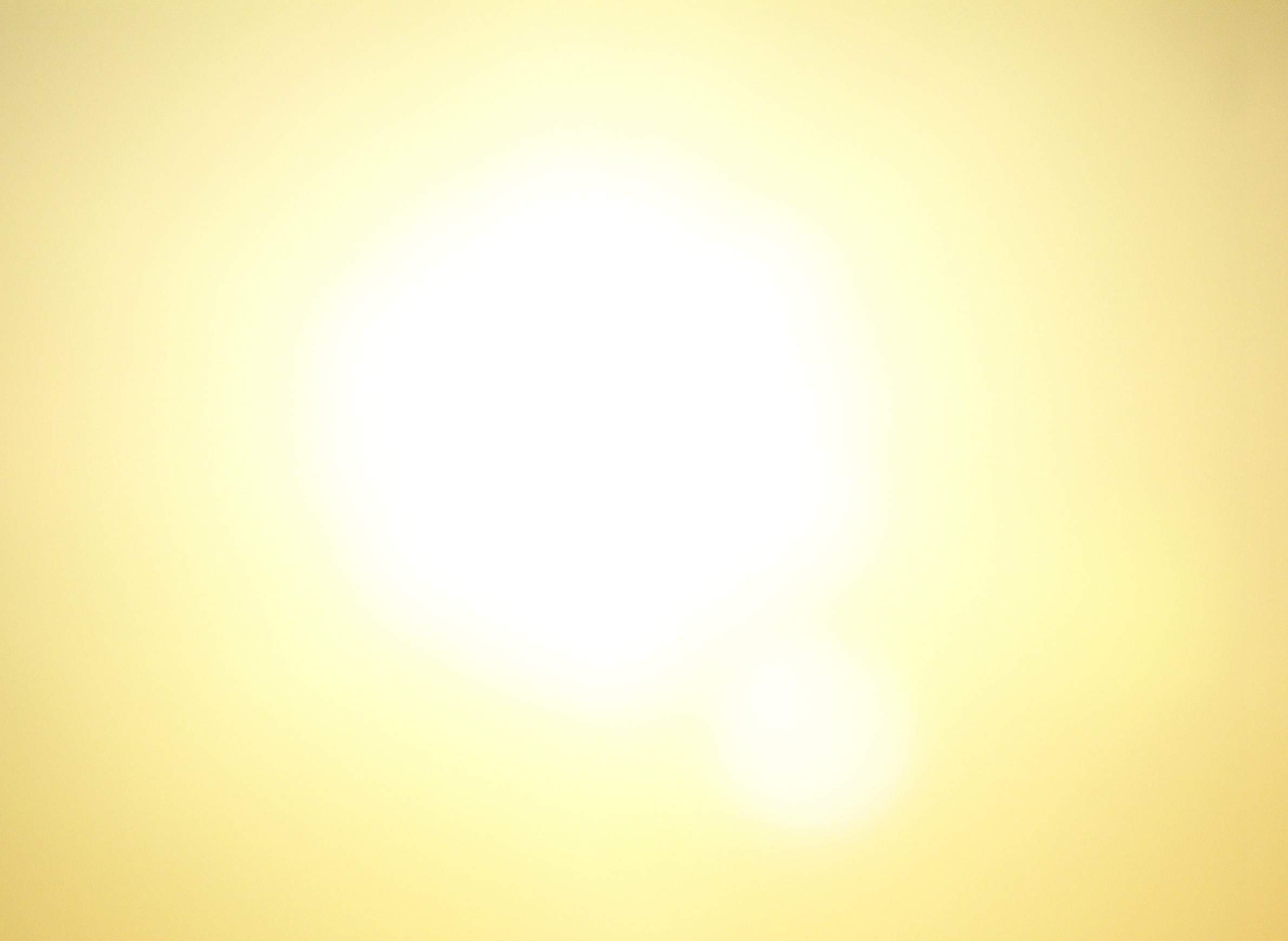
How To Avoid The Risks Of Heat Stress

Heat exposure kills more people each year than floods, tornadoes, lightning and hurricanes combined. The American Red Cross and the American Meteorological Society report that heat kills more than 1,000 people each year in the U.S.
Young children and elderly people have a higher potential for heat-related health issues since they can have a more difficult time regulating body temperature. Many people are at higher risk for heat stress because of their jobs, including many agricultural workers and others who work outdoors. A study by the Centers for Disease Control and Prevention found that 68 crop production workers died from heat exposure between 1992 to 2006.
Heat-related illness can develop quickly and progress to deadly stages. Heat exhaustion, an early stage of heat-related illness, can turn into heatstroke. A significant percentage of people who develop heatstroke will die. Several studies suggest that high body temperature from working in the heat can impair a person's ability to think correctly and make complex decisions. Heat can also slow down a person's reaction time.
It's difficult to give a specific temperature or humidity level that will "warn" people of unsafe conditions. During physical activities, the body generates heat. During intense activities, people can have a hard time cooling themselves. Exposure to direct sunlight also raises body temperature. A person's ability to stay cool also depends on clothing, conditioning to heat and humidity, and level of health and fitness.
Practical actions:
- Plan strenuous tasks for cooler times of the day (morning or early evening).
- Watch for outdoor conditions and adjust assignments to reduce risk.
- Take frequent breaks. Get out of the heat and sunlight when resting.
- Fans help evaporate sweat, providing an important cooling effect.
- Wear lightweight, light-colored clothing.
- Wear a hat to provides sun protection, but it should be loose and well-ventilated.
- Apply sunscreen to protect against sunburn and skin cancer.
- Drink often! Dehydration accelerates heat illness potential. Water is the best (and least expensive) drink for outdoor work. Sports drinks are OK for most people, but avoid sugary soda and caffeine.
- Salt tablets are not recommended unless a doctor advises them.
- Anyone who must restrict fluid intake because of a medical condition should check with a doctor about how to conduct activities safely in hot weather
Knowing about underlying health problems (high blood pressure, heart disease, asthma, etc.) is also important. It's usually a safe bet to drink at least 8 ounces of fluid every 15 to 20 minutes. How thirsty a person is does not indicate their level of dehydration, so it is important drink even if one is not thirsty. If someone's urine has lots of color or is relatively dark, he or she probably needs to drink more. People spending time outdoors on a hot, humid day should stay away from fatty foods and limit protein intake, and instead choose foods with high water content like fresh fruits and vegetables.
Know the signs of heat stress
Here are a few indicators of heat-related illness and recommendations for treatment from the American Red Cross:
Heat exhaustion: Symptoms are cool, moist, pale, or flushed skin with heavy sweating, headache, nausea or vomiting, dizziness and exhaustion. A person with heat exhaustion may have a normal or rising body temperature. If heat exhaustion is suspected, the person should be moved to a cool, shaded place. Her or his clothing should be loosened and moist cloths applied to the forehead, wrists and chest to cool down. A person who is alert should drink cool fluid every 15 minutes. If symptoms don’t improve after an hour, a qualified health professional should be consulted. A person with underlying health problems should see a doctor right away.
Heatstroke: Symptoms are hot, red skin, changes in consciousness, a rapid and/or weak pulse, and rapid, shallow breathing. A person experiencing heatstroke can have a high body temperature — sometimes as high as 105 degrees Fahrenheit. Skin will often feel dry. Heatstroke must be treated as a life-threatening emergency and 911 should be called for emergency assistance. While waiting for help, the person must be cooled quickly by being immersed in cool (not ice-cold) water or having saturated cloths applied and sprinkled with cool water. Fans can be used to speed cooling. A person with heatstroke should drink cool liquids, but only if they are alert. The person should be monitored as in any urgent first-aid situation, including if they are properly and comfortable.
Heat-related safety is serious business. By being aware and taking specific actions, people can make sure they and those around them beat the heat.
John Shutske is a Cooperative Extension specialist with the University of Wisconsin-Extension and a professor with UW-Madison's Department of Biological Systems Engineering. This article is adapted from an item originally published in the August 2011 edition of Wisconsin Agriculturist, and drew in part from materials created by the American Red Cross.


